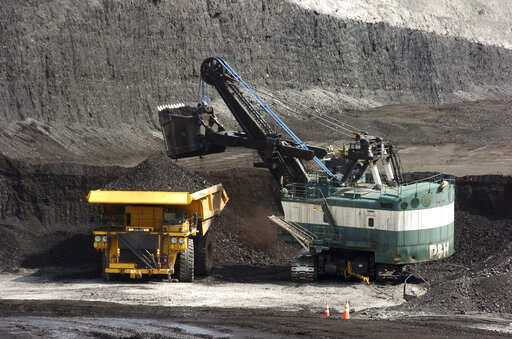Explanation:
Most of these sectors are heavily dependent on power sector for their day to day functioning,
in fact, South Africa’s growth rate of nominal GDP YoY is 2.0% down from 4.9% a year
before it for which experts are also blaming the power crisis along with reasons like:
slowdown in agriculture and global inflation cues. The energy crisis of south africa stems
from coal crisis & also at a larger level where due to global disruption of supply chains, lack
of proper alternatives to energy generation has meant that the pride country’s coal production
has fallen steeply which has led to a lot of load shedding & subsequent, frequent shutting
down of electricity in the country. The recent power crisis has its origins listed during the
coronavirus period, when there was low demand for electricity. The sudden high demand on
electricity meant that the estimation of SA Power generation firms was caught on the
blindspot which led to the power crisis in year 2022.
The year 2022 saw that the number of hours without power in South Africa increased from
1000 hours in 2021 to almost 1959 hours in 2022, and the year 2022 has been one of the most
stressful years for South African electricity department as it is facing the worst crisis after
almost about 10 years when in the year 2008, the overall hours of electricity shutdown was
estimated to be around 900 hours which was considered a lot during those days, however
with the tremendous growth of economy afterwards, it has led to pressure on electricity
generation which has led to this crisis in making today.
The energy crisis was huge even before the Russia-Ukraine war started on 23 February,
2022, even in the year of 2021 where its coal production fell steeply by the state power
generation firms has been more or less stagnant since the coronavirus pandemic,
About 85% of South Africa’s electricity is produced by the coal/thermal power stations which
have been facing problems like lack of proper capital availability, ageing(ideally any thermal
power plant should be renovated after surpassing the operational age of 25 years, which has
not been done in South Africa so far), along with the issue of theft of coal whose instances
have increased in the coal abundant regions of Northern south africa which has left the
thermal power plants unprepared if we consider the views of experts. ESKOM average tariff
prices for power in industrial areas has shot up from 43pc in 2013 to about 59 pc in 2021
which is a rise of almost about 50% in a comparatively short span of 10 years, which means
that the demand is outrunning the supply of electricity.
The total energy sold by ESKOM to
Industrial sector has also fallen from 75,000 units in 2004/05 to about 46,000 units in the
current fiscal year.
The South African Reserve Bank has estimated that the blackouts would cost the economy up
to 51 million$ per day. The situation was so grave that the president of South African
government even issued an investigation into Escom(which is south africa’s major coal
company), whose revenue performance has been underwhelming in the last 2 years which has
lost millions of dollars in irregular & sporadic spending along with structural issues due to
covid crisis & the energy security issues which have plagued South African economy, which
has prompted the government, industry experts to even think of diversification of south
african energy streams in a phased manner, where solar energy seems to be the best possible
alternative as the solar photovoltaic cells prices have fallen from $100 in 1975 to almost
about 0.27$ in the year 2021, which means that its an opportunity for firms to invest in this
sector which will have low production costs & even have a decent amount of share in the
South African energy market by the next few years. The lithium charges in south africa is
also one of the cheapest in the world.
The solar energy ecosystem is available for which the biggest testimony is that it produces
more solar energy than its BRICS counterparts of Brazil & India.




No comments:
Post a Comment